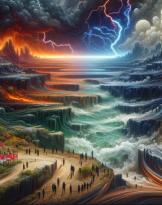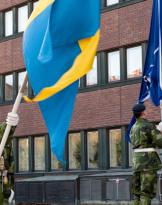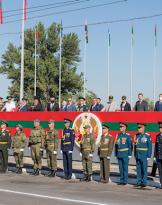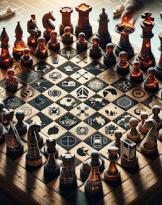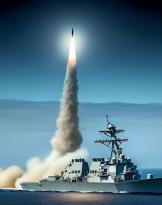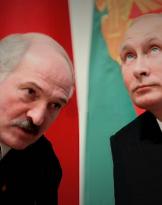It often happens that in the career of military historians, but not only, there is a past linked to the game with toy soldiers, the famous wargame or better yet Kriegspiele. A constructive game, which has marked entire generations which, let's say, have had something more about the ability to survive even without electronic mechanisms. The game of war, in some cases, then turned into a love of military modeling: the reproduction of tanks, planes and infantrymen from all over the world is still today one of the first pastimes for a "certain" generation well anchored to certain values.
Static modeling is a passion that does not leave you, if anything it improves and evolves over the years. The intrinsic meaning of model making - and the ultimate goal of the model maker - has always been to transform history into something palpable, almost corporeal. For those facing any historical period there is an immense joy when what they study becomes a three-dimensional reality.
Each has its own reference epochs, but certainly the Ancient Regime and the Napoleonic epic represent a triumph for the eyes: uniforms with bright colors, feathers, bicorns and dolman for the hussars, armor and shiny helmets for the cuirassiers. In this wide panorama of men and women who spend their time in this noble art, there are excellences; in Italy, in fact, there are many sculptors and painters who create real masterpieces. This year marks the bicentenary of Napoleon's death and therefore we prefer to dedicate a particular space to two masters: one of sculpture, Piersergio Allevi and the other of painting, Danilo Cartacci.
The face of command
In the imperial era there was no photography, so the only way to restore the image of what was happening to posterity was through drawings and paintings. If we walk through the halls of Versailles it is impossible not to succumb to the charm of the "Gallery of battles" where the triumphs of the Napoleonic armies are celebrated. Painters like Gros, Lejeune, David with their brushes, have immortalized important historical moments, perhaps stopping on dramatic episodes such as a cavalry charge or the death of a general.
Observing these gigantic canvases, there are those who have thought of giving those masterpieces another dimension: depth. In fact, it would be fun to imagine the back of the image: reveal all sides of a painting, realizing how the complete figure of these magnificent soldiers could be.
 Piersergio Allevi did it with his sculptures, thanks to an incredible research work and the wisdom of a true master. His models then met the hand of Danilo Cartacci, a painter of excellence who, like a new Lejeune, gave life and color to perfect sculptures. From this meeting between historians / artists a series of reproductions of the highest quality were born which have become one of the most popular history exhibitions in the Napoleonic environment and beyond.
Piersergio Allevi did it with his sculptures, thanks to an incredible research work and the wisdom of a true master. His models then met the hand of Danilo Cartacci, a painter of excellence who, like a new Lejeune, gave life and color to perfect sculptures. From this meeting between historians / artists a series of reproductions of the highest quality were born which have become one of the most popular history exhibitions in the Napoleonic environment and beyond.
The exhibition "The face of command" was hosted for the first time in Parma and from there success has not stopped following it: by 2022, probably, the figures will even reach Paris (a sort of homecoming).
Allevi has chosen to reproduce officers of the Napoleonic epic, both French and of the Italian Kingdom, taking inspiration from paintings and prints of the time: a work that required a lot of research and uniformological knowledge of an excellent level. “To make a sketch - explains Allevi - in fact, it is necessary to carefully analyze and understand the historical sources. The basis of these researches are in the first place the regulations issued at the time for the production of clothing, accessories and weapons. Ordinances often disregarded, not for lack of will, but for real economic, logistical and material supply problems. Therefore the regulation must be compared with what is described in the realistic memoirs drawn up by officers and soldiers of the time ".
Behind each model, therefore, there are several hours spent in the archive, perhaps carefully observing prints or dwelling on regulations and prescriptions that governed the design of a minimum detail.
Allevi prefers the reproduction of officers on horseback since the level of uniforms and colors reaches a spectacularity that leaves you speechless: “As you can see by browsing the catalog and visiting the exhibition - specifies the sculptor again - most of the subjects reproduced are knights and the presence of the horse follows the custom of the officers to commission their own equestrian portrait. In fact, since ancient times, the horse symbolized the high military social rank reached by the depicted character. Many of the officers reproduced in the exhibition are also commanders of cavalry units and the presence of the horse immediately clarifies their duties. In these creations we have tried to pay particular attention to the different equestrian breeds used at the time and to their respective morphological characteristics ".
 From the sculpture then we move on to the coloring of the piece where the hand of one of the most appreciated Italian figurine painters intervenes: Danilo Cartacci. His painting techniques are the result of many years of experience. The faces of the figures (painted using oil colors) seem real: the mix of the embodied colors gives expression and word to the entire model.
From the sculpture then we move on to the coloring of the piece where the hand of one of the most appreciated Italian figurine painters intervenes: Danilo Cartacci. His painting techniques are the result of many years of experience. The faces of the figures (painted using oil colors) seem real: the mix of the embodied colors gives expression and word to the entire model.
"The Face of Command" is an exhibition mainly made up of unique pieces, some marketed by the author: many model makers are anxiously awaiting the release of a new subject, also eager to give shape and color to their readings. After Parma, the exhibition was also hosted in the rooms of the Risorgimento museum in Milan, in an environmental location that further enhanced the historical value of the subjects represented. Allevi and Cartacci are, therefore, a combination of excellence also exported abroad; their work is not only a prestigious pastime, but also a playful and alternative viaticum to understand the meaning of "history". Books, collectibles and scale models are part of a culture that is now the "privilege" of a few, but it is the duty of these "few" to enhance it and disseminate it to everyone, infecting the masses with something deeper: Allevi and Cartacci have succeeded in full .
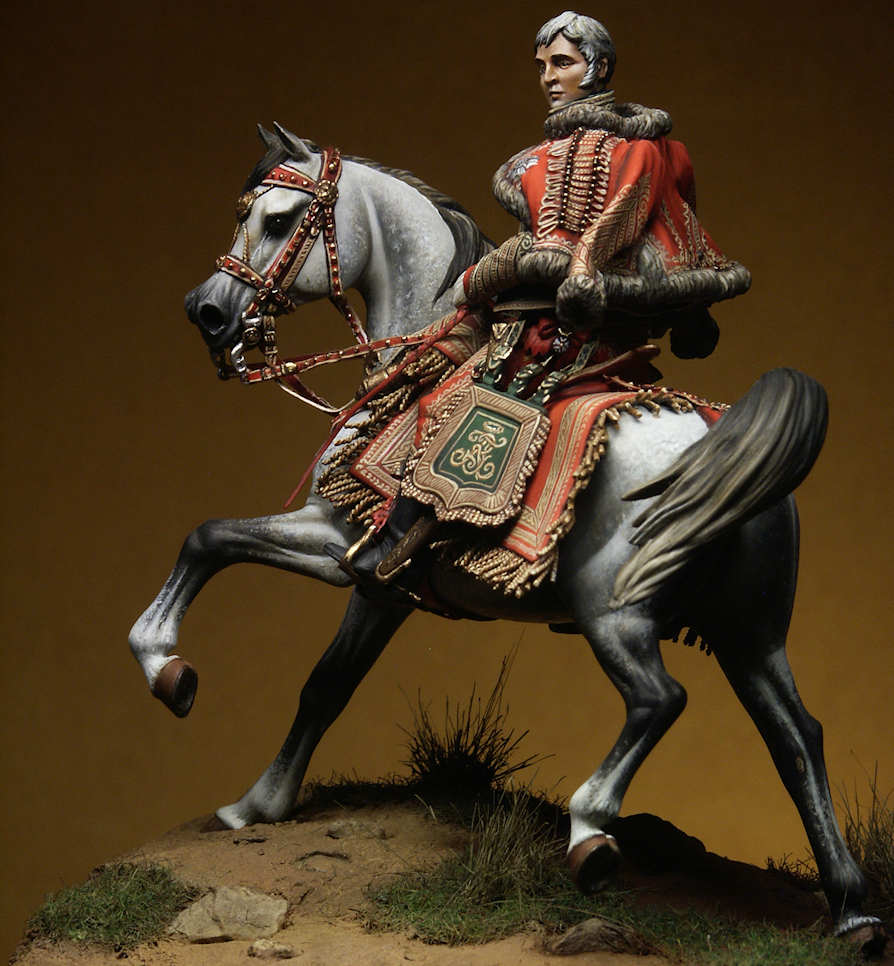
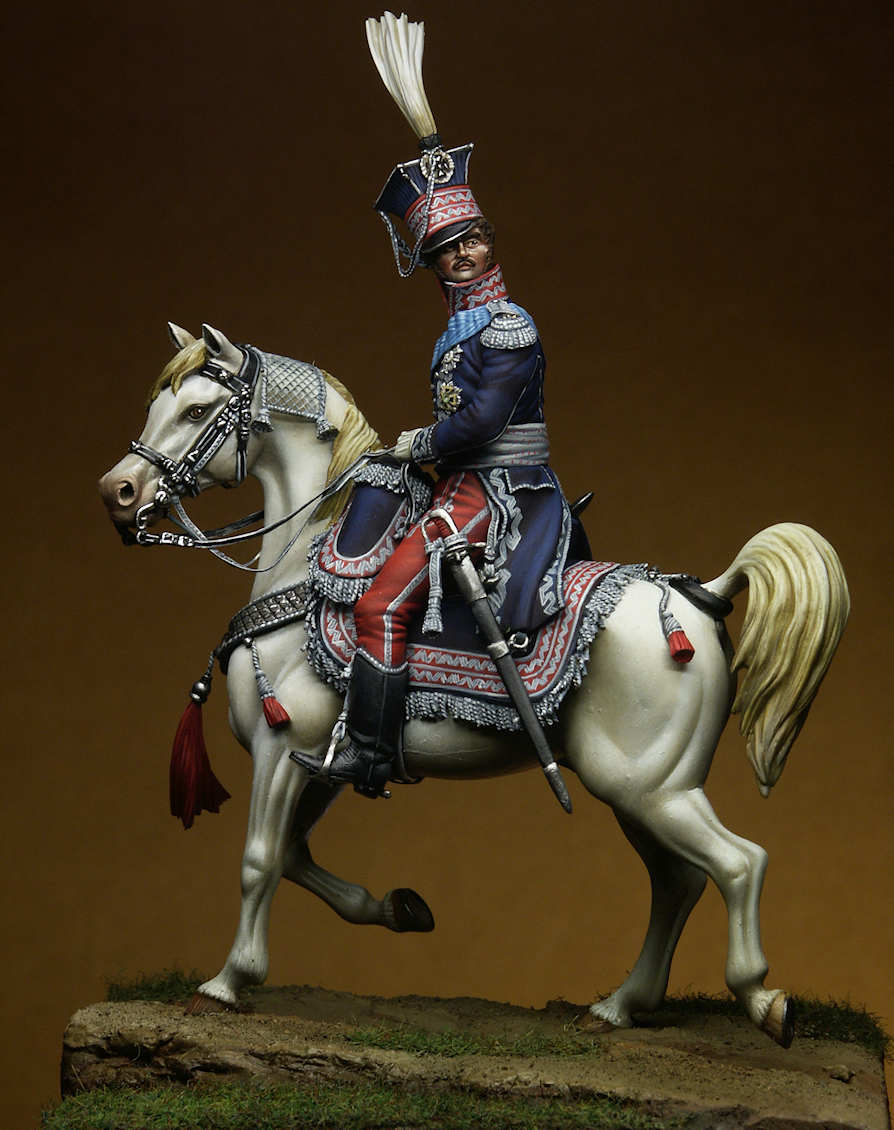

Photo: author



